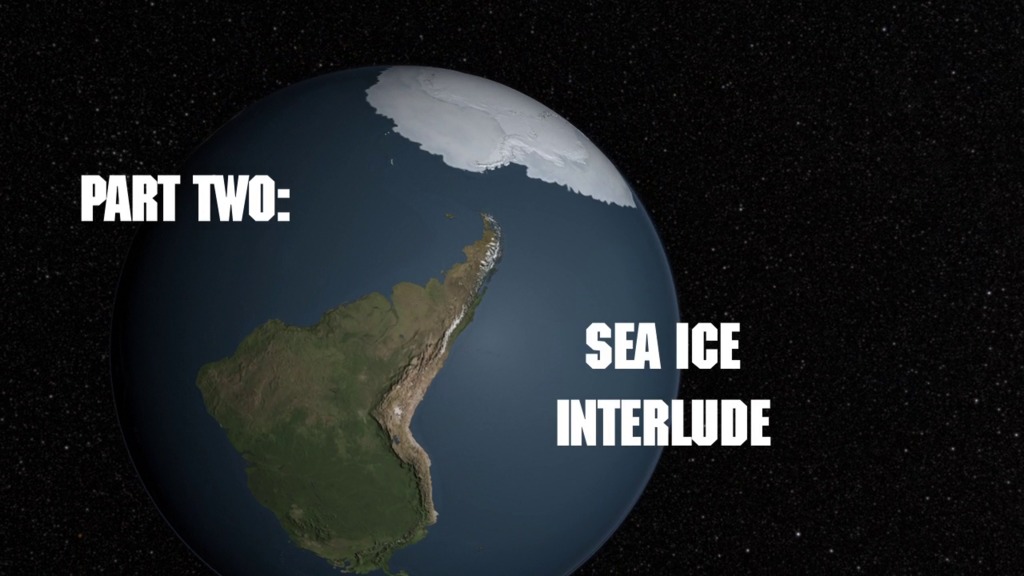Sea Ice Atlas
Flying long, aerial transects over the center of a sea ice pack rendered nearly featureless by snow can get a bit monotonous. But when NASA's Operation IceBridge aircraft travels along the varied margins of the ice, even seasoned researchers take a break from monitoring their instruments to steal a quick view of the icescape below. With its radar and laser data, Operation IceBridge is working to extend the long-term record of how ice at the poles is changing from year to year. During spring in Antarctica, the environment constantly shapes the sea ice that surrounds the continent. Ice thaws back into the water when temperatures warm, freezes into new layers when cold, and splinters, crashes and rafts on top of itself when pushed by winds and ocean currents. Watch the video to explore the different types of sea ice seen by Operation IceBridge during its 2012 Antarctic campaign.

Flying low over Antarctic waters, Operation IceBridge gets a mesmerizing view of sea ice.
Antarctica's sea ice comes in a variety of shapes and forms as seen in this video.

This snow-covered sea ice, holding fast to a coastline, slows the progress of a glacier's massive icebergs as they head toward open water.

Younger ice appears thin and gray, while older ice is thick and white with visible ridges.

Thin, smooth and gray, this ice might just be a few days old.

Storms, wind and ocean currents weather the edges of sea ice formations called floes, and create long spidery cracks on the surface called leads.
Credits
Please give credit for this item to:
NASA's Goddard Space Flight Center
Images and footage courtesy of NASA/GSFC/Jefferson Beck
-
Narrator
- Jefferson Beck (USRA)
-
Producer
- Jefferson Beck (USRA)
-
Scientist
- Michael Studinger (NASA/GSFC)
-
Writer
- Jefferson Beck (USRA)
Release date
This page was originally published on Tuesday, December 4, 2012.
This page was last updated on Wednesday, May 3, 2023 at 1:52 PM EDT.
